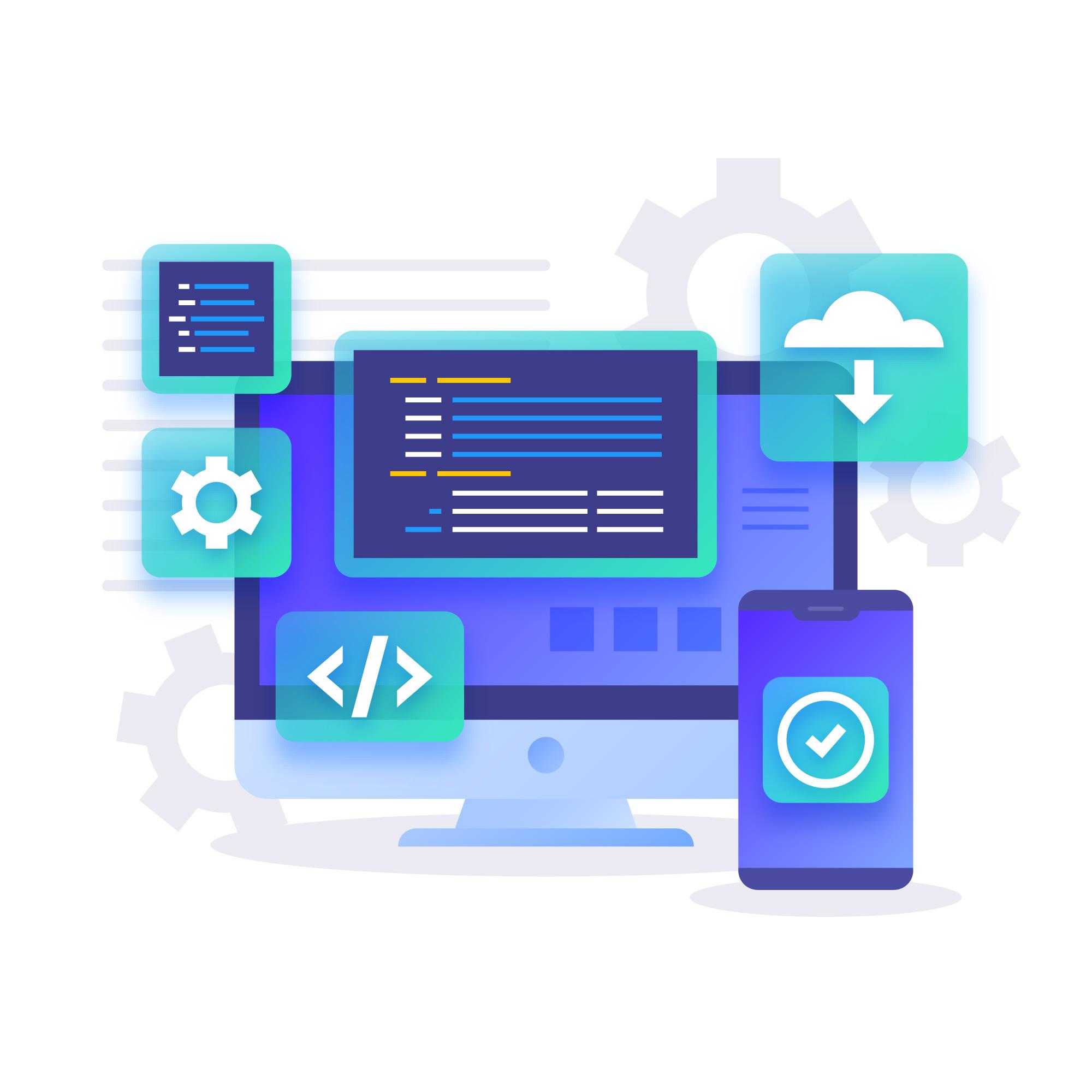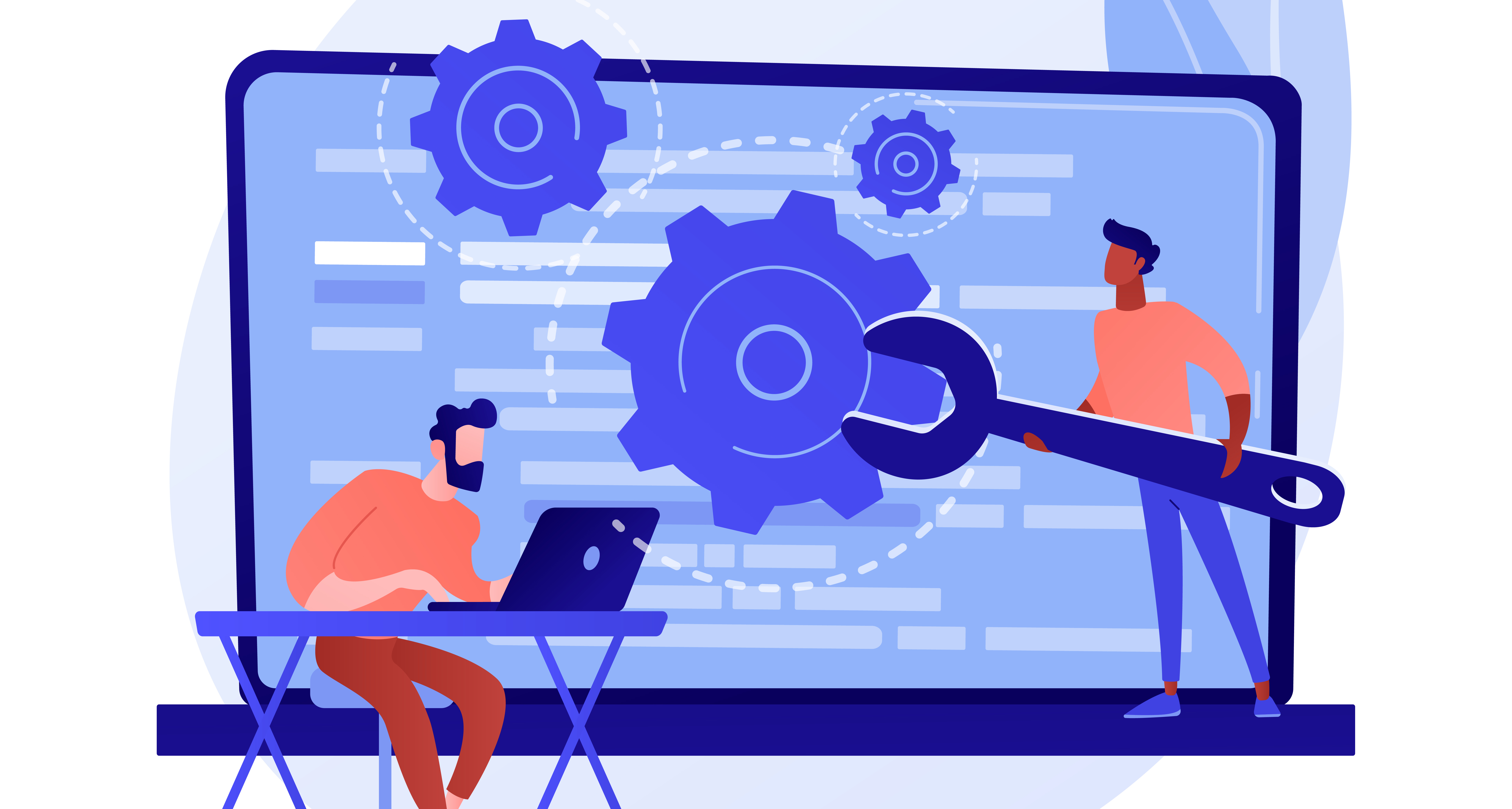Build vs. Buy: Navigating the Custom Software Decision
10-11-2023In the ever-evolving landscape of technology, organizations face a critical question: Should they build their own custom software or opt for the convenience of buying an off-the-shelf solution? It's a decision that can't be taken lightly, as it holds the power to reshape your company's operations, influence its budget, and ultimately shape its long-term success.
At AVIBE, we understand that this isn’t a simple choice and recognize that there's no one-size-fits-all answer; each business is as unique as its goals and needs. Your decision on whether to build or buy software is not just a technical one; it's a strategic move that can chart the course for your company's future. Let's discover the key factors that come into play and equip you with the tools to make the right choice for your business.
Understanding the Build vs. Buy Dilemma
In the world of software development, two primary paths emerge when a business seeks a new solution: custom software and off-the-shelf solutions.
- Custom Software is an application developed from the ground up to meet the unique requirements of your business. Custom software is designed to address your company's specific processes, workflows, and objectives, offering unparalleled precision and flexibility.
- Off-the-Shelf Solutions, on the other hand, are pre-packaged software applications or systems available for purchase or licensing. These solutions are created to address common problems faced by a wide range of businesses. Instead of customization, they offer convenience and speed of deployment.
In this discussion,we'll explore the pros and cons of both approaches and provide you with the tools to make an informed decision that aligns with your unique circumstances. Whether you'reseeking a perfectly tailored solution or a convenient off-the-rack option, your choice should be driven by what best serves your business objectives.

Pros and Cons of Building Custom Software
Pros:
- Tailored to Specific Business Needs:Custom software is designed from the ground up to meet your business's unique requirements. It aligns perfectly with your processes, workflows, and objectives. This tailored approach ensures that the software addresses your specific pain points and enhances productivity.
- All-In-One Digital Tools Platform: Custom software solutions not only address specific business needs but can also integrate all your digital tools into a single, cohesive platform. This consolidation of tools creates a unified ecosystem that streamlines operations, enhances data management, and facilitates seamless communication across departments.
- Greater Flexibility for Future Growth and Changes:Custom software offers unmatched flexibility. It can evolve and adapt as your business grows or changes its processes. You have control over the software's development roadmap, allowing you to incorporate new features and functionalities seamlessly.
- Competitive Advantage:A well-designed custom solution can provide a competitive edge. It can be a source of innovation, allowing you to implement unique features that set your business apart from competitors. Connecting data to custom software solutions can further amplify the benefits of this tailored approach. By integrating your data seamlessly into the custom software, you create a powerful synergy that enables the generation of unique, data-driven reports. These reports provide valuable insights and analysis that cater specifically to your business's needs, making it easier to make well-informed decisions.
Cons:
- Typically Higher Initial Costs: Much like choosing between renting and buying a home, opting for custom software development may involve higher initial costs. However, just as owning a home can lead to long-term financial benefits, custom software aligns precisely with your business needs, eliminatingunnecessary expenses like licensing fees, and enhancing overall operational efficiency, ultimately resulting in substantial cost savings over time.
- Longer Development Times: The process of designing, developing, and testing tailored software can take more time, extending your time-to-launch.
Pros & Cons of Buying Off-the-Shelf Software
Pros:
- Lower Initial Costs and Faster Implementation:Off-the-shelf solutions typically have lower upfront costs because the development expenses are distributed across many users. Additionally, these solutions are pre-built and ready to deploy, reducing implementation time.
- Vendor-Provided Support and Updates:When you purchase off-the-shelf software, you often receive vendor-provided support and regular updates. This can save you time and resources in maintaining and troubleshooting the software.
- Proven Track Record with Existing Users:Established off-the-shelf solutions often have a track record of success with existing users. You can benefit from the experience and feedback of other businesses that have used the software.
Cons:
- Requires Adapting Business Processes to Fit the Software’s Capabilities:Off-the-shelf software is designed to accommodate a broad range of users. This means that your business may need to adapt its processes to fit the software's capabilities. This can lead to workflow changes and potential resistance from employees.
- Limited Customization Options:While off-the-shelf software provides convenience, it comes with limitations in customization. You may not be able to implement specific features or modifications that are crucial to your business processes.
- Potential for Hidden Costs Like Licensing Fees:Some off-the-shelf software solutions come with hidden costs, such as licensing fees based on the number of users or additional modules required for full functionality. These costs can accumulate over time, creating a situation where it can feel like you're held hostage by the company because your vital data lives within their ecosystem. Furthermore, there's the risk that the off-the-shelf software provider may go out of business, leaving you with zero support and potential upgrade paths.
Careful consideration of these factors will guide you towards the solution that best suits your organization.
Real World Example
AVIBE engaged in a collaborative discovery process working to identify problems and establish overall project objectives through a series of workshops. A new Business Management Application that was tailor-made to fit the way they do business. This new digitized system allowed for numerous successes such as the following:

Read the entire case study here!
Decision-Making Framework
To help your business navigate the build vs. buy software decision and make an informed choice, it's crucial to establish a structured decision-making framework. Here's a checklist that you can follow:
 In making the build vs. buy decision for software solutions, remember:
In making the build vs. buy decision for software solutions, remember: - Unique Fit: Custom software offers tailored solutions, while off-the-shelf options provide convenience.
- Consider Carefully: Evaluate budget, resources, timeline, and integration needs.
- No One-Size-Fits-All: There's no universal answer; choose what aligns with your goals and resources.
- Data-Driven Decision: Make choices based on careful consideration and data analysis.
In the end, your decision should match your business's unique circumstances. Careful consideration and data-driven choices pave the way for success.

